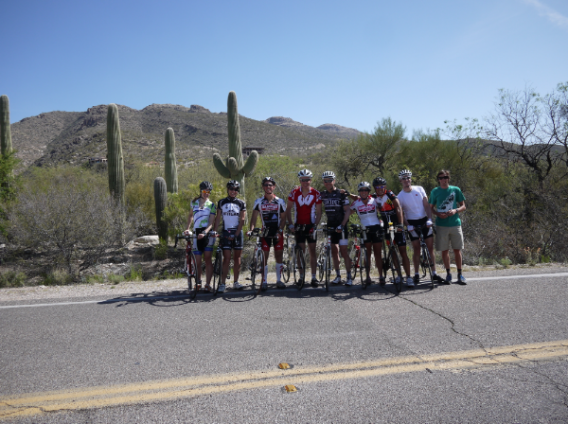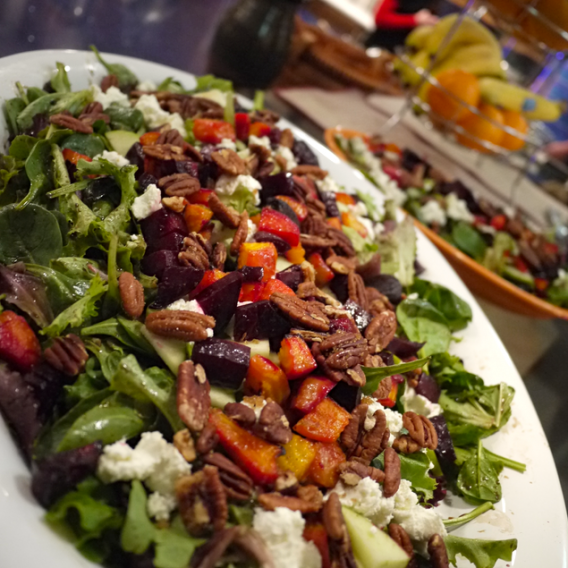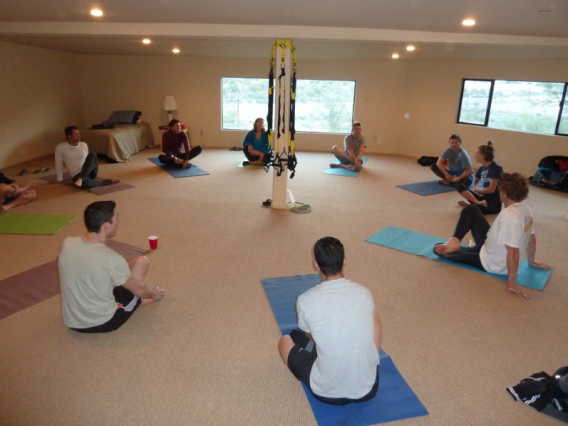
One Week to a Stronger Ride
By Erica Murphy
Struggling to fit training rides into your crowded calendar? A new study published in the Scandinavian Journal of Medicine & Science in Sports found that one big week of training packs more benefits than four weeks of moderate intensity.
During the study, 19 trained male cyclists were divided into two groups, each of which used a different training method. The cyclists using the block periodization plan trained at high intensity five times during the first week, then mixed one high-intensity session with several low-intensity sessions, such as a leisurely bike ride or cross-country skiing, over the next three weeks. The other group used traditional periodization training, where all four weeks are the same. These cyclists trained at a high intensity two times per week and performed at a low intensity for the rest of the week’s sessions.
The high-intensity sessions involved interval training. Cyclists would alternate between 6×5- and 5×6-minute intervals, with 2–3 minutes of recovery in between. Cyclists went all out during the interval sessions.
To measure the training plans’ effectiveness, cyclists rated the heaviness of their legs after a workout, fit their bikes with power meters, and wore heart rate monitors to gauge intensity.
At the end of the four weeks, the study concluded that the cyclists who were part of the block periodization plan had increased their VO2 max (oxygen capacity), endurance (time to exhaustion), and maximum power output.
Study author Bent Ronnestad says, “By organizing the high-intensity endurance training into a large stimulus, followed by a recovery period, you induce better adaptations for endurance performance.”
Ronnestad notes that the organization—loading more workouts into a single week—was a surprising finding since both groups of cyclists were performing the same workouts.
Though the test subjects were male, Ronnestad believes that women would respond just as well. For the average cyclist, Ronnestad is confident that the block periodization method yields long-term results.

